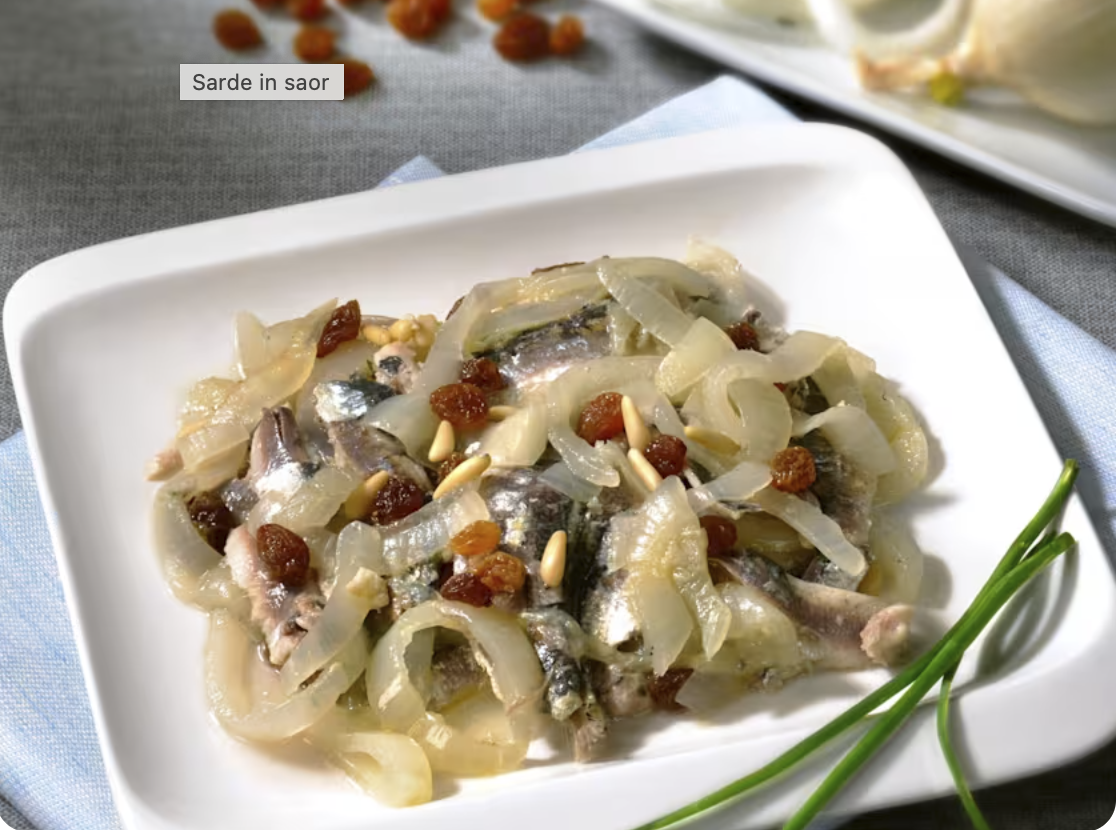Venice Carnival Beyond the Masks: A Documentary Photographer’s Perspective
/The Venice Carnival is world-famous for its opulent masks, extravagant costumes, and surreal atmosphere. But beyond the polished portraits and staged elegance lies another side—one that is chaotic, unscripted, and full of raw energy. The Carnival becomes a playground of contrasts, unexpected moments, and untold stories for those who approach the event with a documentary, editorial, or street photography mindset.
Beyond the Glamour: Capturing the Madness of Carnival
Rather than focusing solely on posed shots of masked figures, a documentary approach to Venice Carnival dives into the real atmosphere—the blend of tourists, performers, workers, and locals navigating the festival’s frenzy. Here’s what to look for:
The Contrast of Old and New: A fully costumed figure checking their smartphone, a baroque-dressed character sitting on a vaporetto, or a gondolier in his everyday uniform passing by a group of elaborately dressed tourists.
Crowds and Chaos: Tourists jostling for the perfect shot, a sea of selfie sticks in Piazza San Marco, or someone struggling with an enormous feathered hat in the wind.
Behind the Scenes: The early morning calm before the madness begins, café staff preparing for the rush, street cleaners sweeping up mountains of confetti at dawn.
Venetians vs. Carnival: Locals carrying groceries through the crowds, an old Venetian watching the spectacle from a window, or a bemused shopkeeper caught between business and frustration.
Emotion and Spontaneity: Joy, exhaustion, confusion—the real expressions behind the masks.
Photography Tips for a Documentary Approach
To truly capture the essence of the Venice Carnival, consider these techniques:
Zone Focusing: With so much movement, autofocus can be unreliable. Pre-focus at a set distance and shoot quickly.
Blend In: Avoid standing out as a photographer. Dress subtly and move naturally through the crowds to capture genuine moments.
Use a Wide Lens: The crowded streets and dynamic action make a 28mm or 35mm lens ideal for immersive, close-up storytelling.
Go Beyond San Marco: While Piazza San Marco is the heart of the Carnival, venture into side streets, bacari, and less touristy areas for more authentic scenes.
Shoot in Black & White: Stripping away color can emphasize emotion, contrast, and composition, making the images feel more timeless.
Join My 2026 Venice Carnival Photography Workshops
For those who want to experience and photograph the true essence of the Venice Carnival, I’m offering exclusive photography workshops in 2026:
3-Day Workshop: A deep dive into documentary and street photography during the Carnival, focusing on storytelling, composition, and candid moments.
1-Day Shared or Private Workshops: Perfect for those who want a more personalized or group experience capturing the unique energy of the event.
These workshops are designed for photographers who want more than just postcard-perfect shots—they are about capturing the soul of the Carnival. If you want to move beyond staged portraits and immerse yourself in the festival’s real moments, join me for an unforgettable experience.
For more details and to reserve your spot, visit Fernwayer
Final Thoughts
Venice Carnival is an explosion of contrasts—beauty and chaos, tradition and modernity, performance and reality. By shifting your perspective to a more documentary approach, you can tell a richer, more authentic story of this world-famous event. Whether you join my workshop or explore on your own, embrace the madness, stay observant, and capture the unexpected—it’s where the true magic of Carnival lies.







































